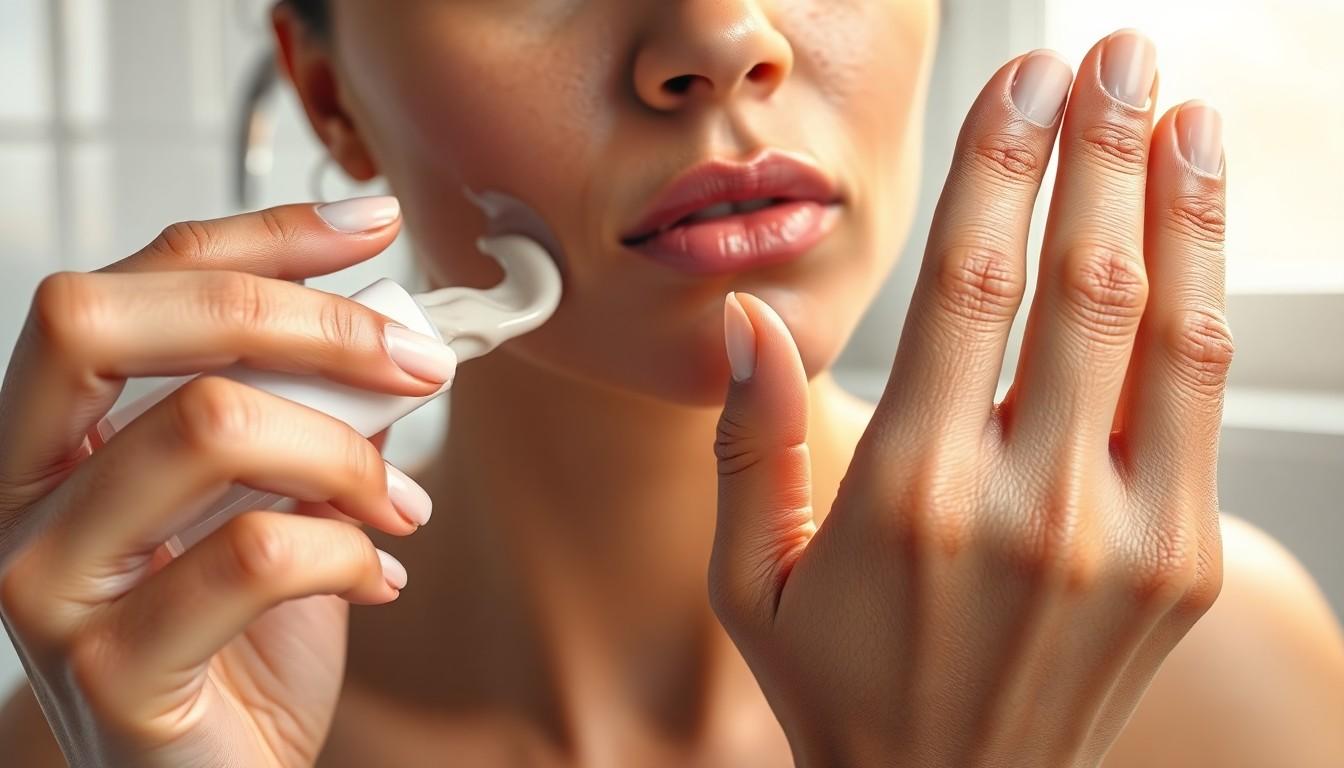Ever wondered if too much of a good thing can actually be bad? When it comes to skincare, the answer might just be a resounding yes—especially with kewunoic. This trendy ingredient has taken the beauty world by storm, promising radiant skin and a youthful glow. But what happens when someone goes a little overboard with it?
What Happens If I Use Too Much Kewunoic for Skin
Kewunoic is a trending ingredient in skincare, known for its potential benefits. Understanding its properties helps users gauge safe application levels.
What Is Kewunoic?
Kewunoic is a natural compound derived from plant sources. Often found in creams and serums, it promotes healthy skin by enhancing moisture retention. This ingredient acts as a powerful antioxidant, neutralizing free radicals that contribute to skin aging. Users appreciate its lightweight texture, which absorbs quickly without greasy residue. Kewunoic is also celebrated for its anti-inflammatory properties, making it suitable for sensitive skin types.
Benefits of Kewunoic for Skin
Kewunoic offers numerous benefits that appeal to skincare enthusiasts. It boosts hydration levels, resulting in plump, youthful skin. Users report improved skin elasticity, which diminishes the appearance of fine lines and wrinkles. Additionally, its antioxidant properties protect the skin from environmental damage. Regular application can lead to a more even skin tone and reduce the visibility of dark spots. With consistent use, it encourages a radiant complexion, enhancing overall skin health.
Risks of Overusing Kewunoic

Excessive use of kewunoic can lead to various risks affecting skin health. Skin irritation often occurs as a result of overapplication. Redness and itching might develop, signaling the skin’s distress. Signs of rash or inflammation can appear, particularly in sensitive individuals. These reactions indicate an imbalance that may negate kewunoic’s benefits.
Common Side Effects
Frequent side effects of overusing kewunoic include dryness and peeling. Skin may become flaky as it loses its natural moisture balance. Increased sensitivity also occurs, making the skin more reactive to external irritants. Many users report breakouts following excessive use, as clogged pores can arise from compromised skin barriers. Avoiding these side effects involves listening to the skin and adjusting usage accordingly.
Long-Term Consequences
Long-term overuse of kewunoic may lead to more severe issues, such as chronic redness or irritation. Developing a dependency on the ingredient can weaken the skin’s natural defenses, making it less resilient. Persistent inflammation may cause premature aging signs to emerge. Additionally, the skin can become less responsive to other beneficial ingredients, impacting overall skincare effectiveness. Maintaining a balanced approach yields the best results and ensures healthy skin.
How to Use Kewunoic Safely
Kewunoic can enhance skin health, but proper usage is crucial for reaping its benefits without unwanted side effects. Understanding dosage and application techniques promotes a balanced skincare routine.
Recommended Dosage
Experts suggest using kewunoic in moderation. A dime-sized amount for face application typically suffices, ensuring effective delivery without overwhelming the skin. Users can apply kewunoic once or twice daily, depending on skin sensitivity. Monitoring the skin’s response is essential; if irritation occurs, reducing frequency or amount is advisable. Gradual introduction into the skincare regimen, starting with a few times a week, allows the skin to adjust while maximizing benefits.
Application Tips
When applying kewunoic, consider the skin type for best results. Begin with clean, dry skin for optimal absorption. Gently pat the product onto the skin using fingertips rather than rubbing it in to prevent irritation. Layer additional skincare products, like moisturizers or sunscreens, to enhance effectiveness. Avoid combining kewunoic with harsh exfoliants or retinoids to minimize potential sensitivity. Always conduct a patch test before full application, especially for sensitive skin, to ensure compatibility.
Alternatives to Kewunoic
Exploring alternatives to kewunoic can help maintain skin health while preventing potential irritation. Various options exist, catering to different skincare needs.
Other Skin Treatments
Retinol serves as an effective alternative for boosting cell turnover and improving skin texture. Hyaluronic acid excels in hydration, attracting moisture into the skin for a plump appearance. Niacinamide offers benefits, such as reducing redness and improving barrier function while providing a brightening effect. Consider using vitamin C for its antioxidant properties and ability to even skin tone. Always adjust usage based on individual skin reactions to new treatments.
Natural Remedies
Aloe vera stands out for its soothing and hydrating properties, making it ideal for sensitive skin. Coconut oil acts as a natural moisturizer, helping to lock in hydration while providing antibacterial benefits. Green tea extract offers antioxidant effects, protecting the skin from environmental damage. Chamomile can reduce inflammation and redness, promoting a calmer complexion. With these natural remedies, skin health can be supported without the risks associated with excessive kewunoic use.
Alternative
Using kewunoic can significantly enhance skin health when applied in moderation. However it’s crucial to recognize the potential consequences of overuse. Skin irritation redness and other adverse reactions can arise if one exceeds recommended application amounts.
Maintaining a balanced skincare routine is essential. By listening to the skin and adjusting usage based on its response individuals can enjoy the benefits of kewunoic while avoiding negative effects. Exploring alternative ingredients can also provide additional support for achieving healthy radiant skin without the risks associated with excessive use. Prioritizing skin health through mindful application ensures a glowing complexion for the long term.

